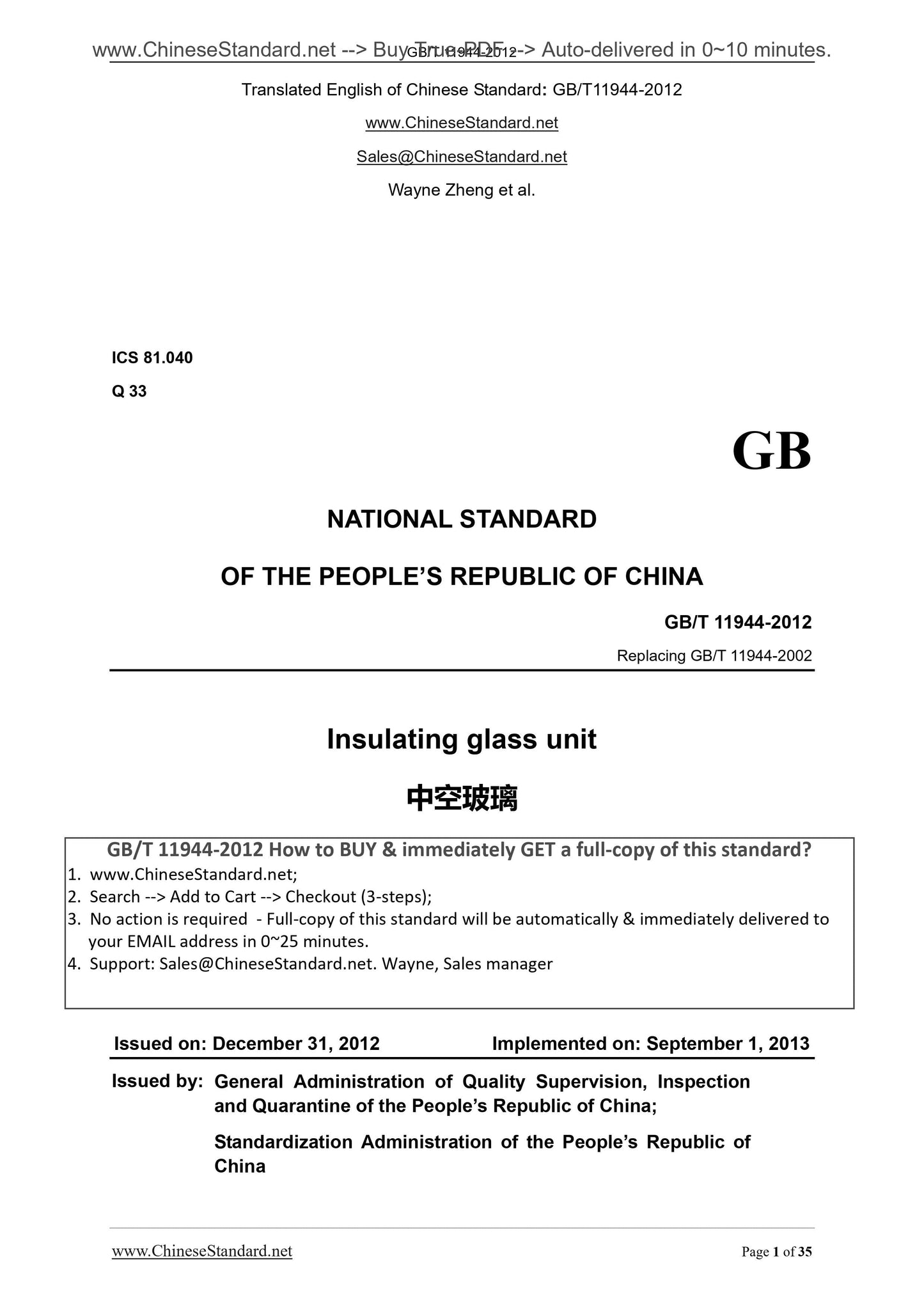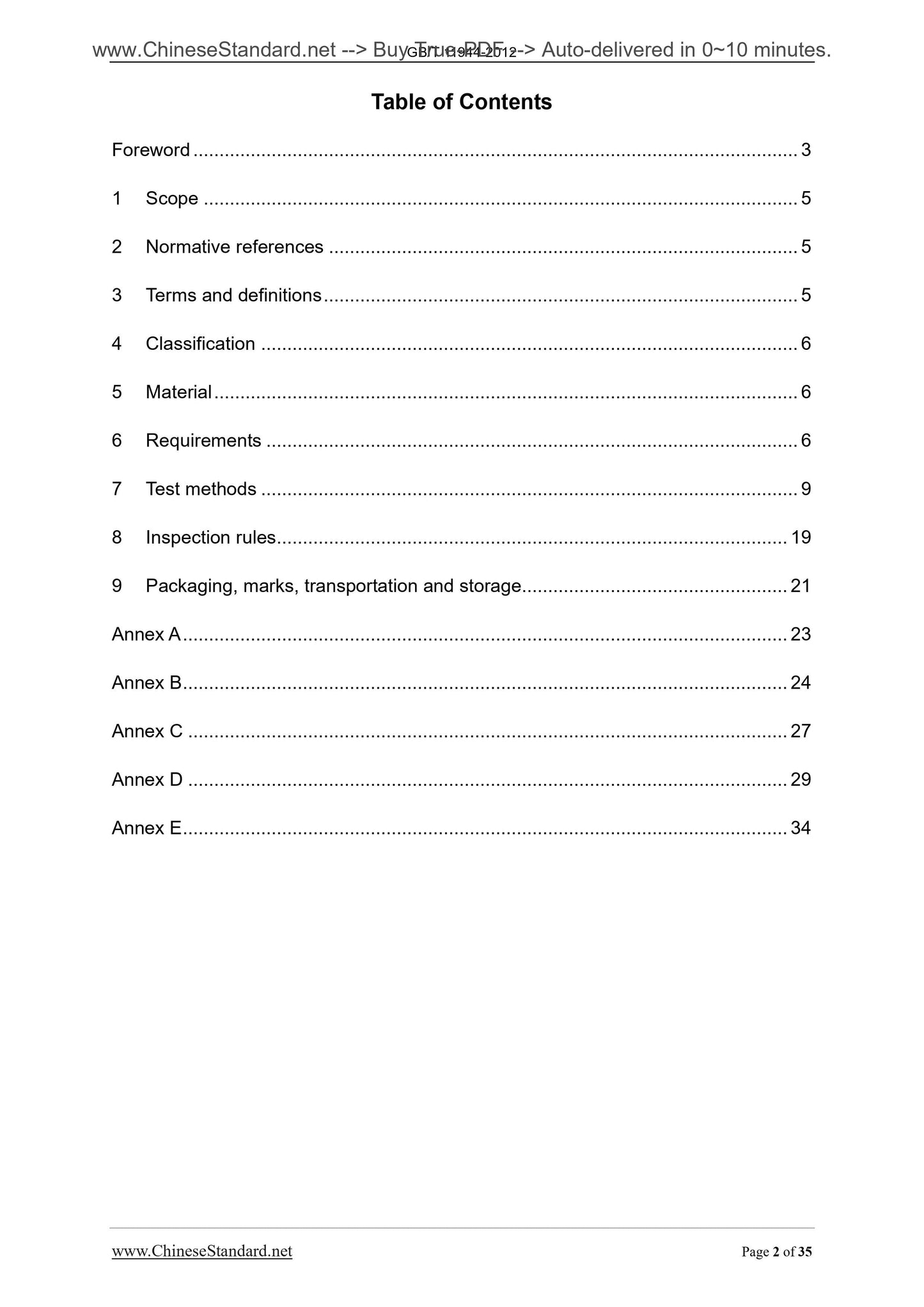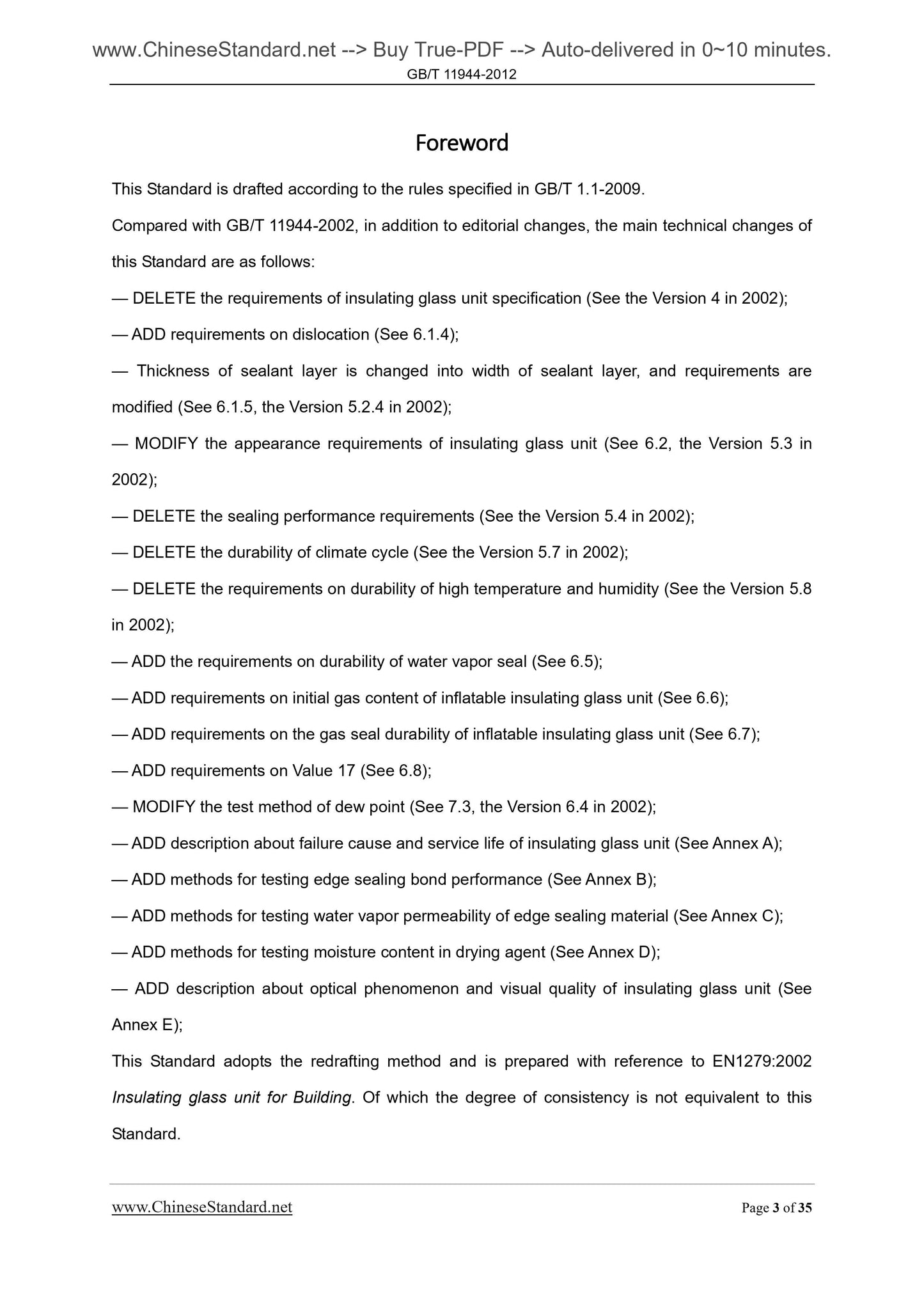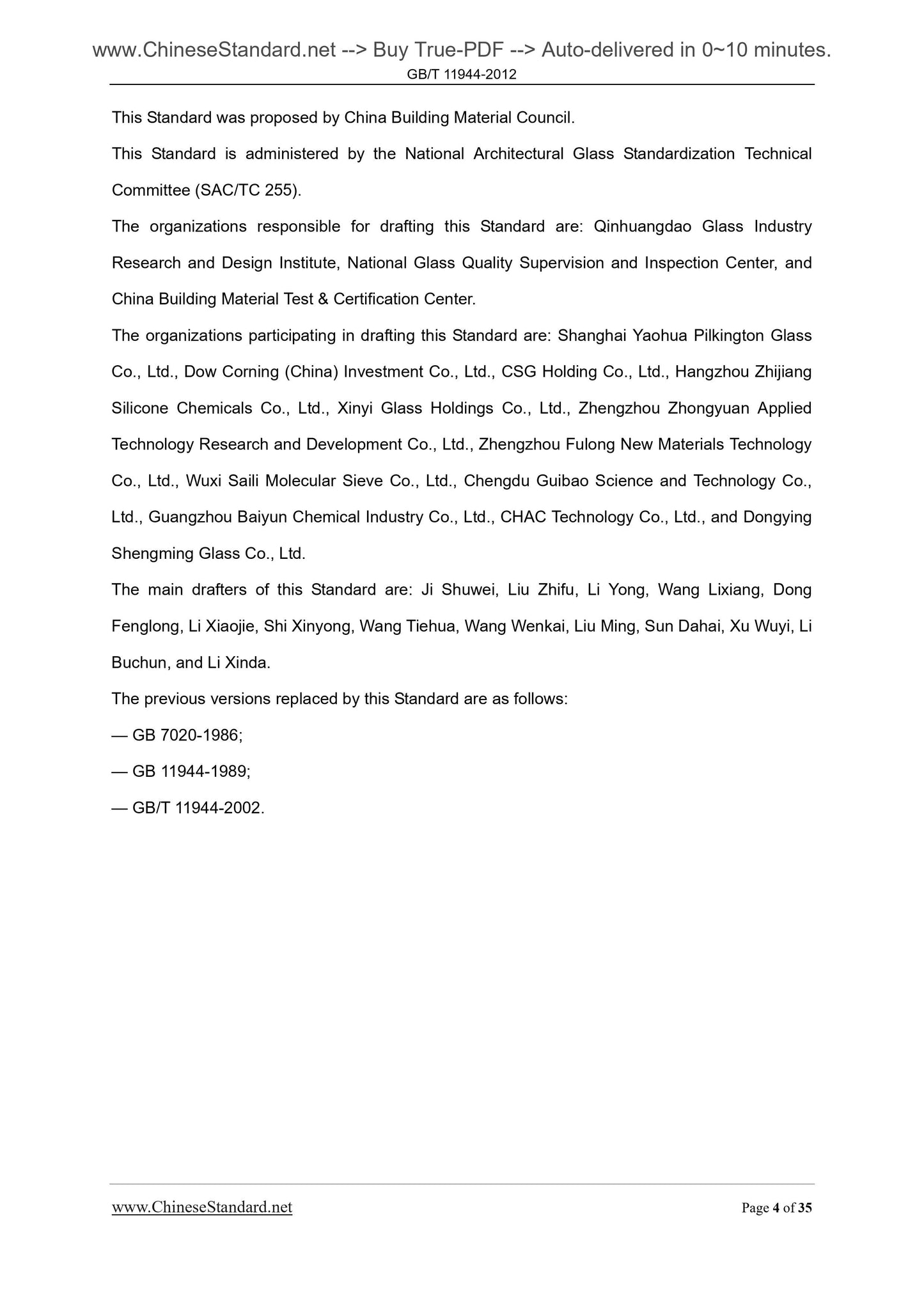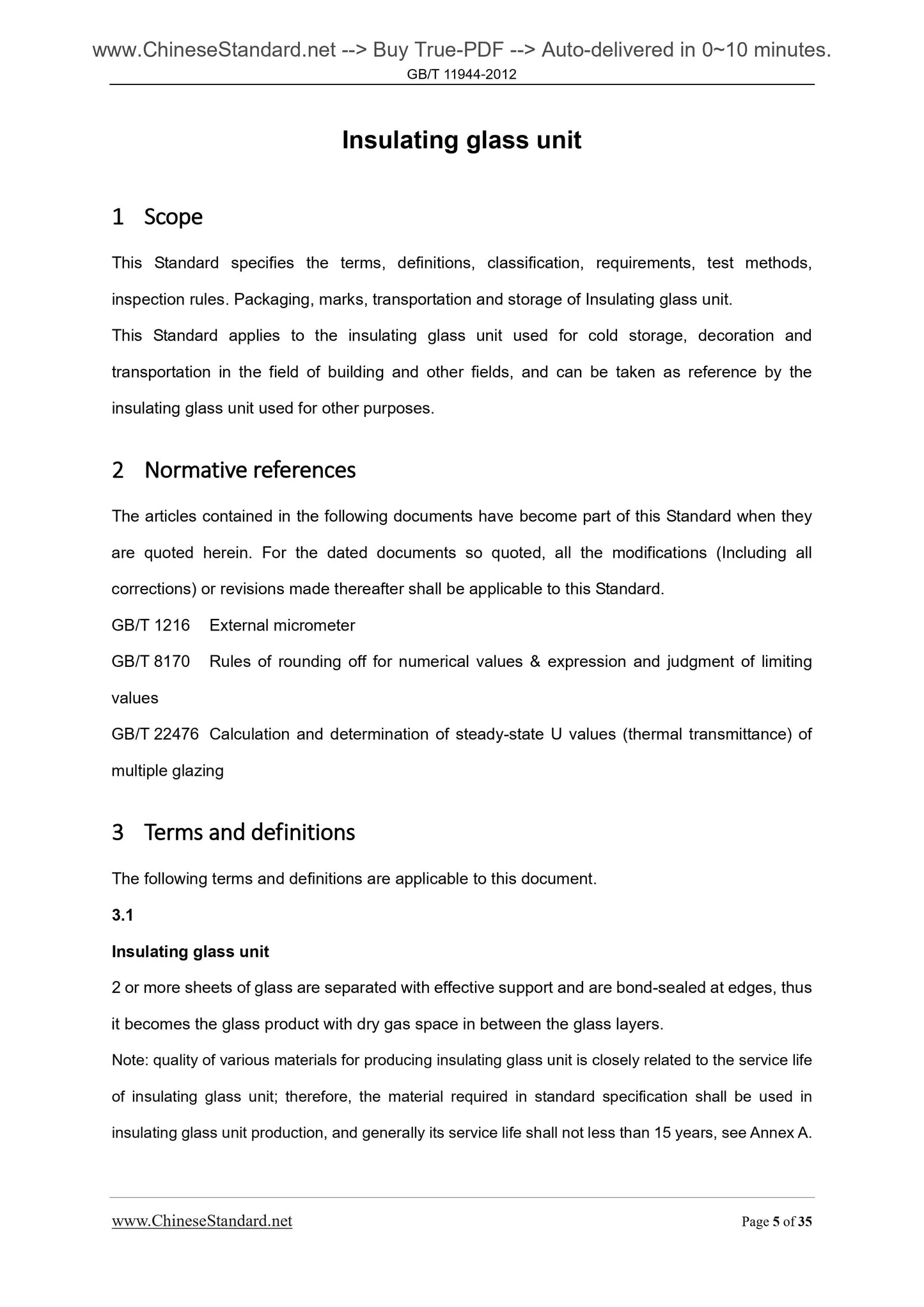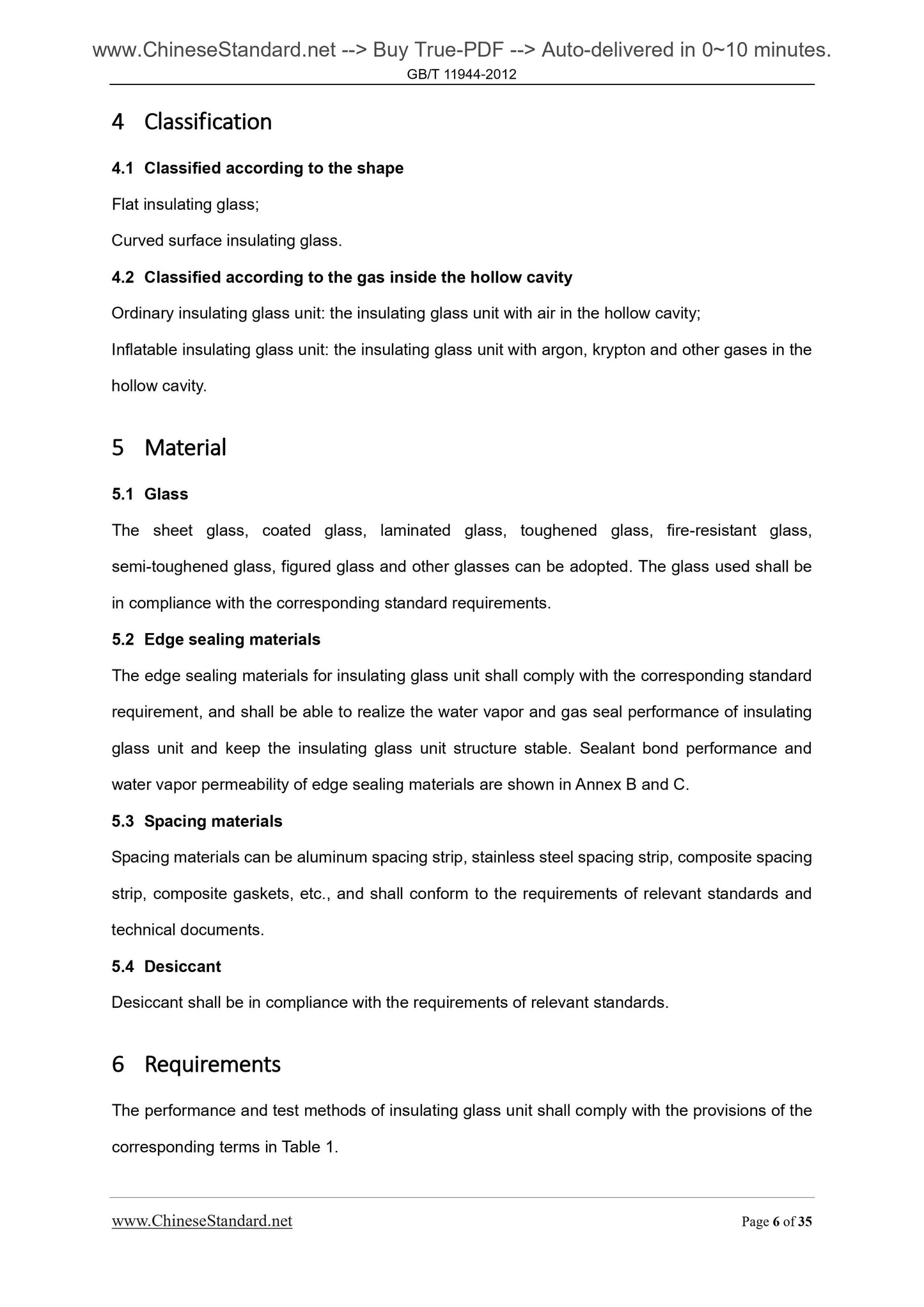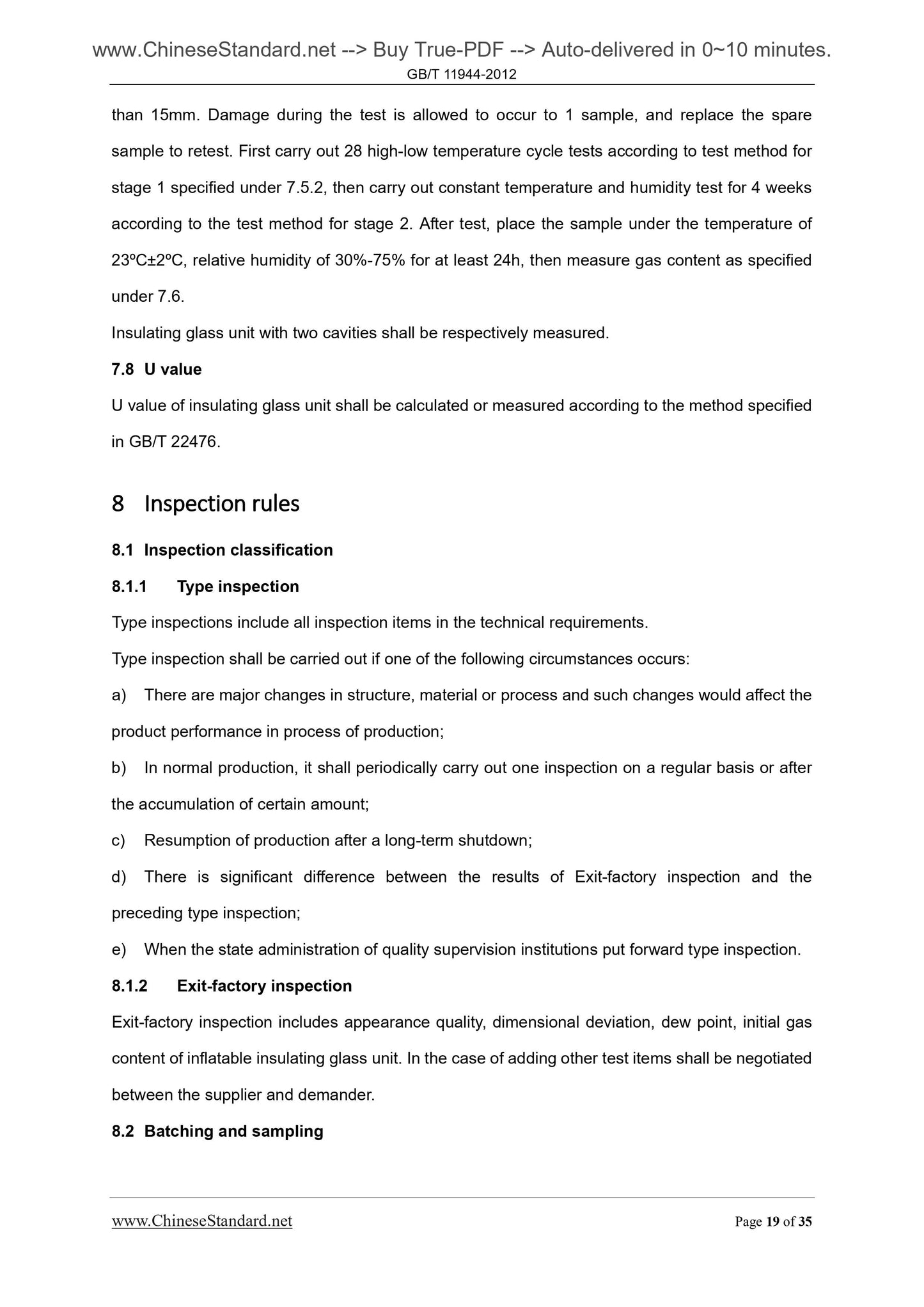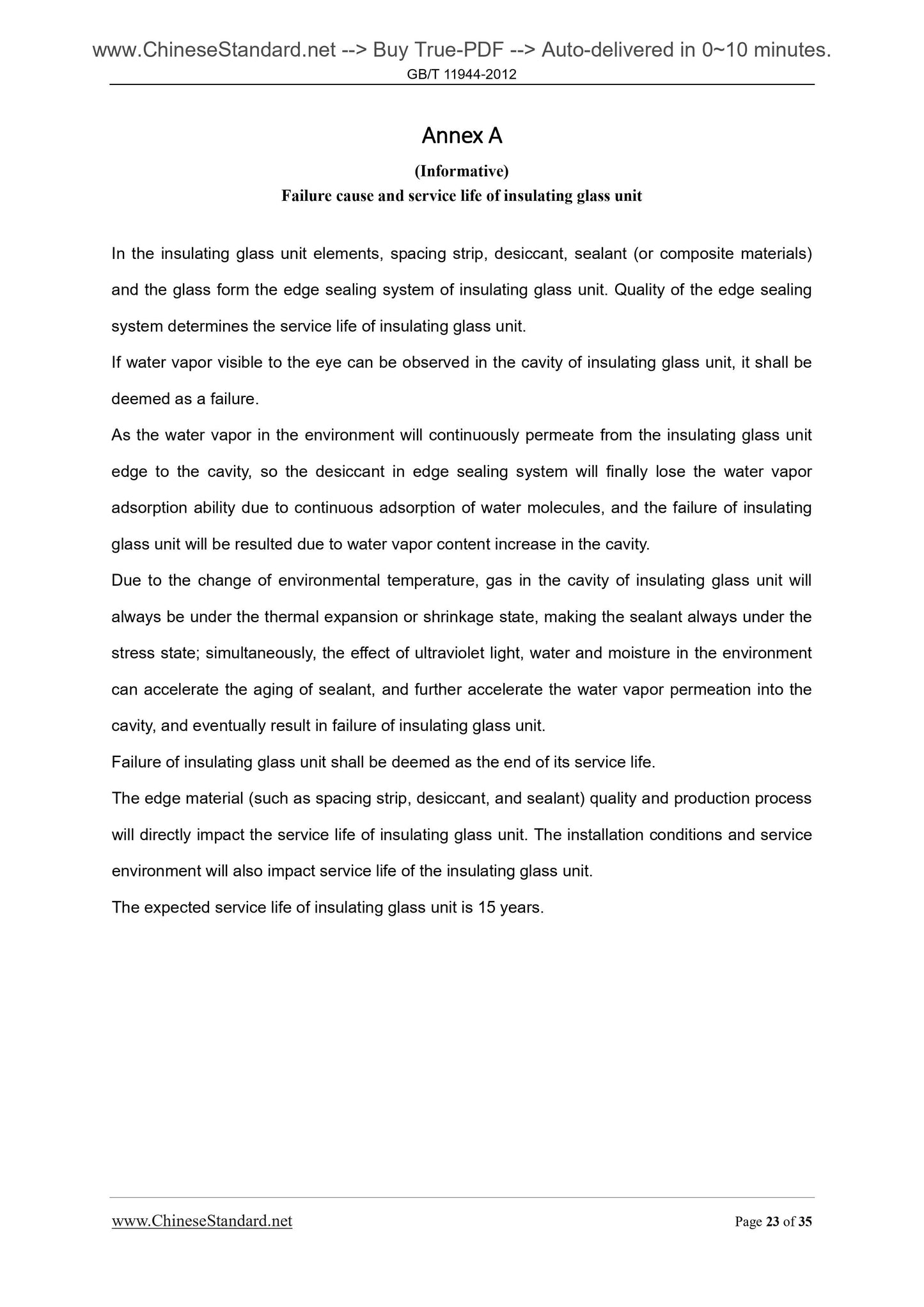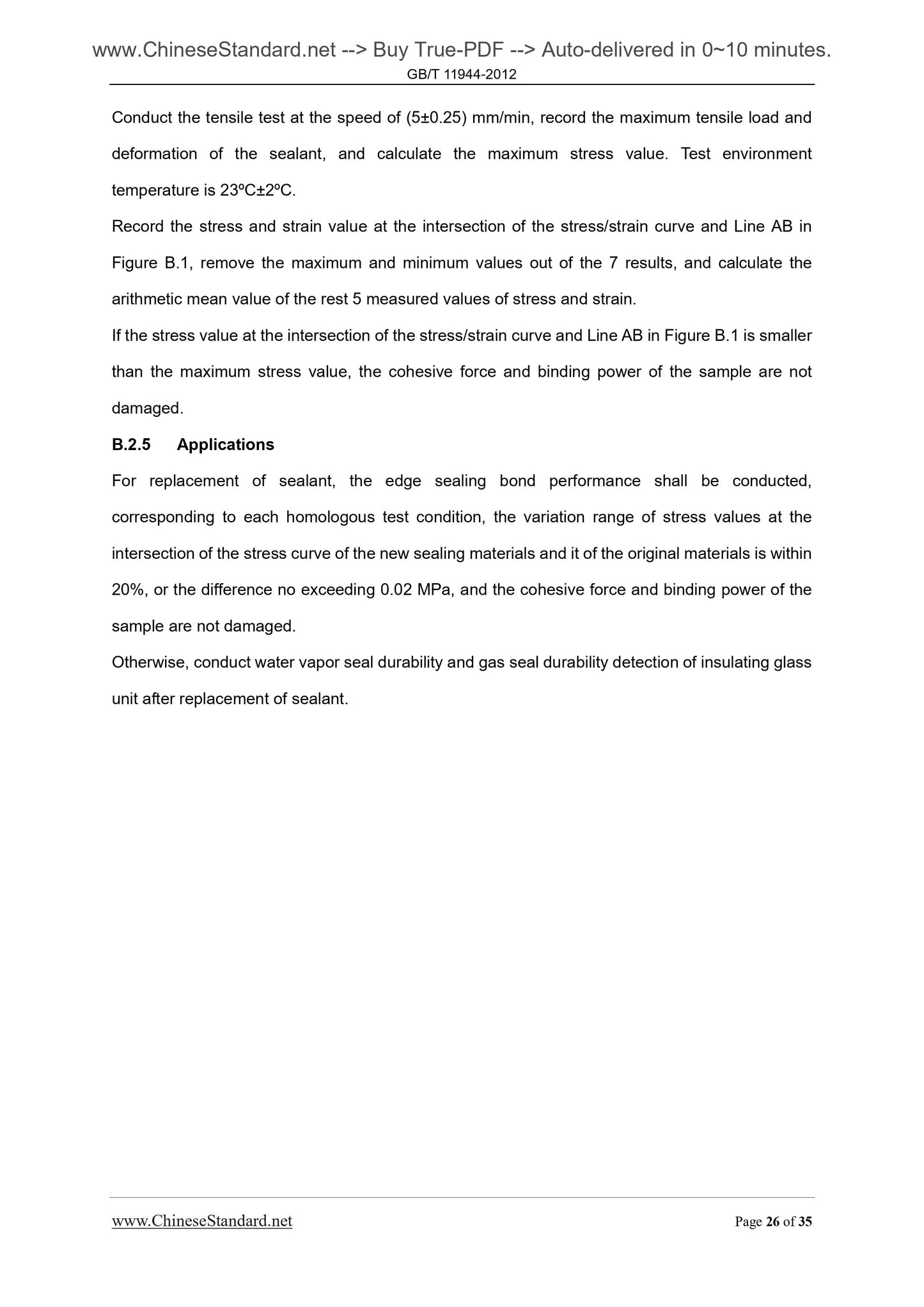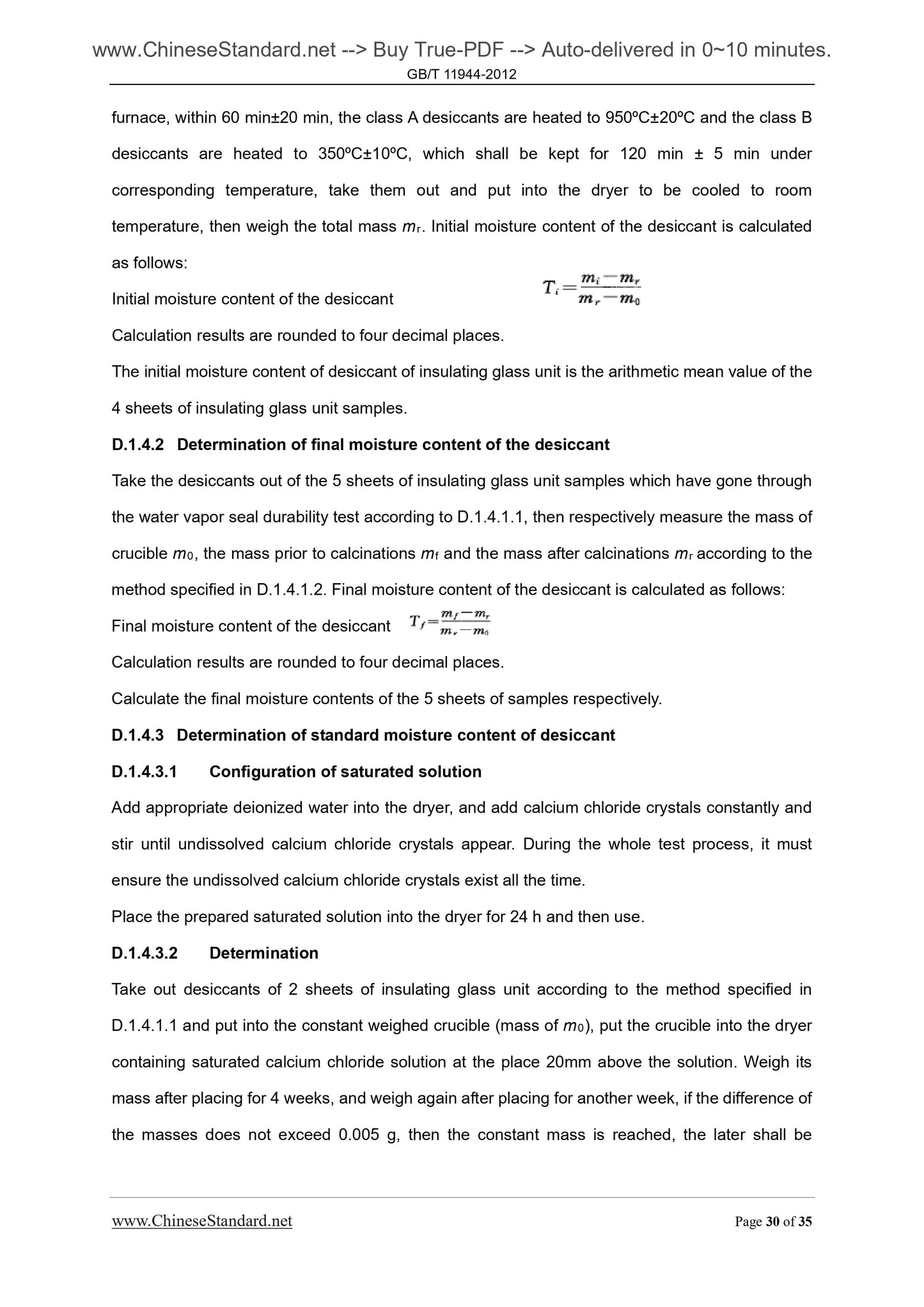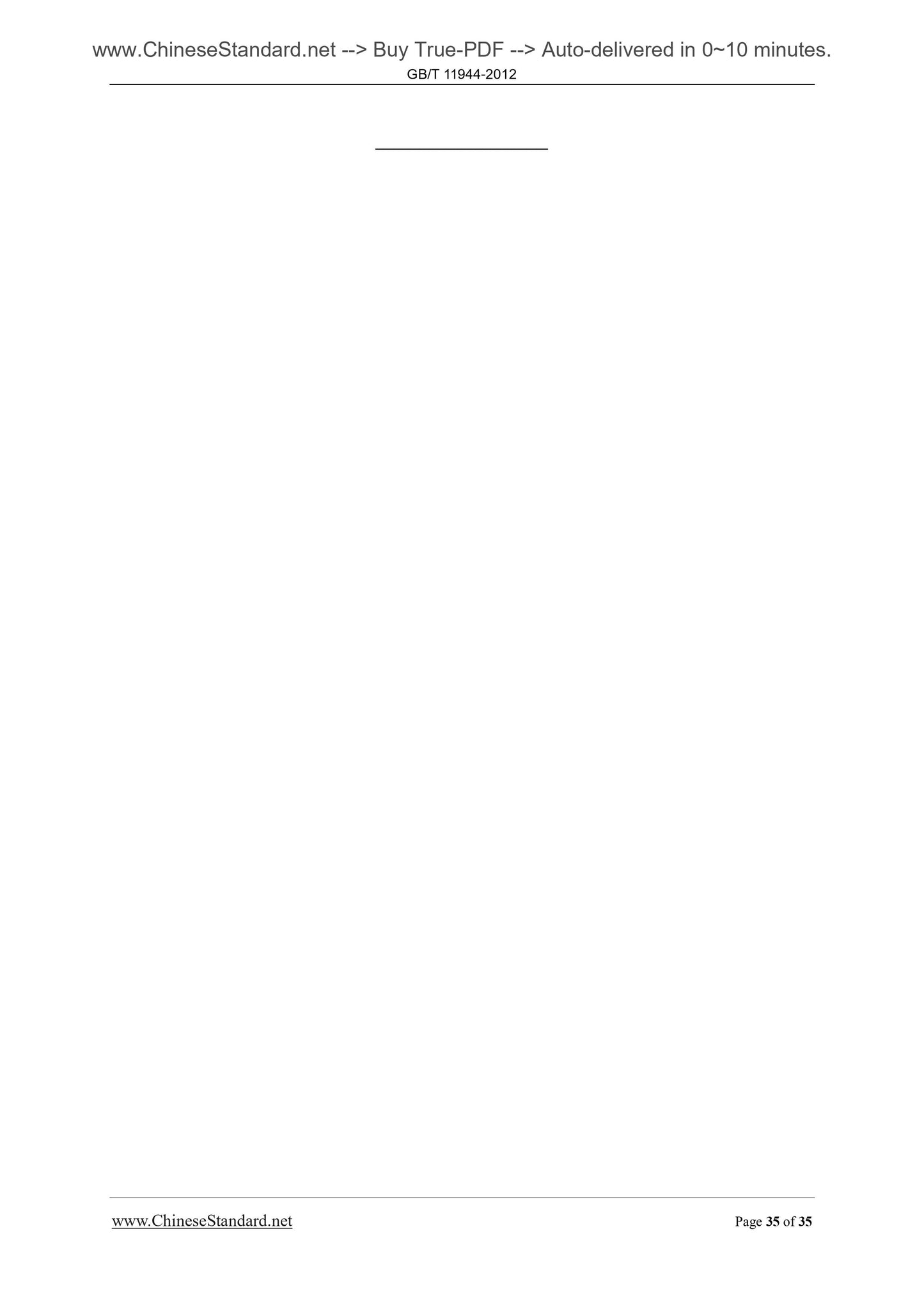1
/
of
11
www.ChineseStandard.us -- Field Test Asia Pte. Ltd.
GB/T 11944-2012 English PDF (GB/T11944-2012)
GB/T 11944-2012 English PDF (GB/T11944-2012)
Regular price
$145.00
Regular price
Sale price
$145.00
Unit price
/
per
Shipping calculated at checkout.
Couldn't load pickup availability
GB/T 11944-2012: Insulating glass unit
Delivery: 9 seconds. Download (and Email) true-PDF + Invoice.Get Quotation: Click GB/T 11944-2012 (Self-service in 1-minute)
Newer / historical versions: GB/T 11944-2012
Preview True-PDF
Scope
This Standard specifies the terms, definitions, classification, requirements, test methods,inspection rules. Packaging, marks, transportation and storage of Insulating glass unit.
This Standard applies to the insulating glass unit used for cold storage, decoration and
transportation in the field of building and other fields, and can be taken as reference by the
insulating glass unit used for other purposes.
Basic Data
| Standard ID | GB/T 11944-2012 (GB/T11944-2012) |
| Description (Translated English) | Insulating glass unit |
| Sector / Industry | National Standard (Recommended) |
| Classification of Chinese Standard | Q33 |
| Classification of International Standard | 81.040 |
| Word Count Estimation | 25,261 |
| Older Standard (superseded by this standard) | GB/T 11944-2002 |
| Quoted Standard | GB/T 1216; GB/T 8170; GB/T 22476 |
| Adopted Standard | EN 1279-2002, NEQ |
| Regulation (derived from) | National Standards Bulletin No. 41 of 2012 |
| Issuing agency(ies) | General Administration of Quality Supervision, Inspection and Quarantine of the People's Republic of China, Standardization Administration of the People's Republic of China |
| Summary | This standard specifies the terms and definitions of hollow glass, classification, requirements, test methods, inspection rules, packaging, labeling, transportation and storage. This standard applies to the construction and building outside of refrigerati |
Share
